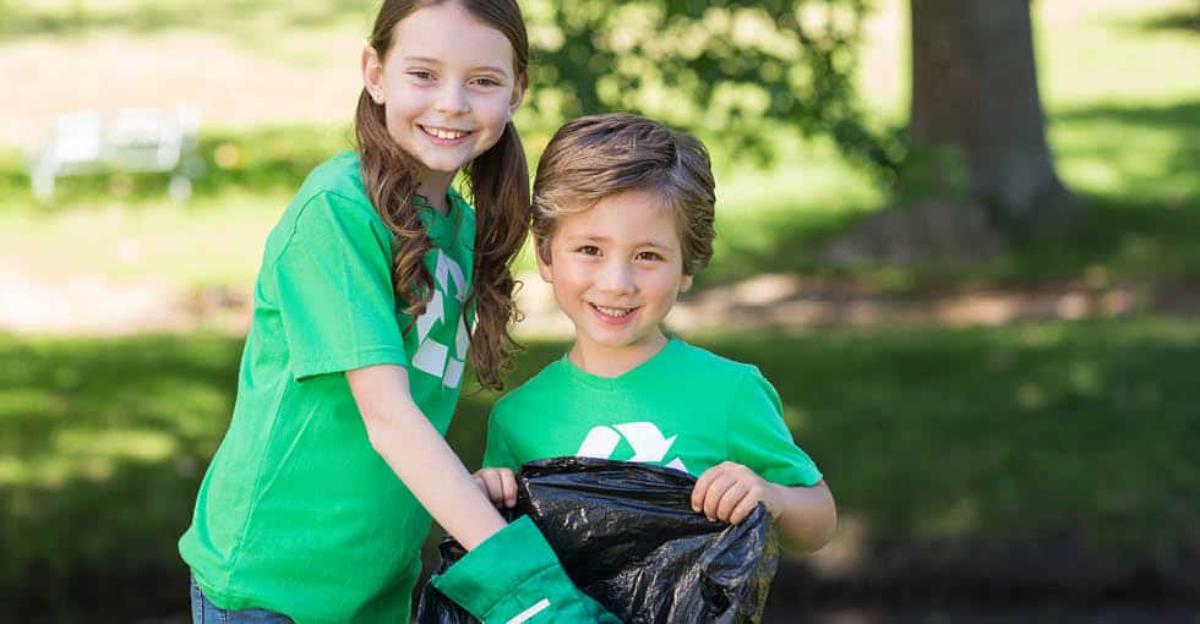Students of all ages are naturally curious about the world around them. Many of them also care deeply about the environment, making Earth Day a fantastic opportunity to engage in lessons about science, ecology, and environmental causes. Consider getting your classroom involved in an Earth Day challenge that will have positive effects long after April 22nd comes and goes.
Step 1: Make a Pledge
In the weeks leading up to Earth Day, it’s time to make a pledge to make the world a safer, cleaner place. In early April, lead a brainstorming session to help your students come up with an Earth Day challenge. This might include cleaning up a local park, starting a recycling drive, planting trees, learning more about clean water initiatives in your area, going paperless, or even petitioning the city government to invest in local parks. Let your students come up with ideas that are near and dear to their hearts while ensuring that they are feasible for the students’ grade level.
Step 2: Act!
Once you have made an Earth Day pledge, it is time to act. Actions could include a one-day, class wide activity on Earth Day itself. Alternatively, students may want to take action at home over the course of several weeks. The important idea is to all work toward a common goal. Practical steps might include planting a community garden, taking shorter showers, starting a fundraiser for an important environmental cause, turning off electronics when they are not in use, or finding creative ways to reuse everyday household objects.
Step 3: Lead a Class Discussion
After acting on your Earth Day pledge, take some time to lead a discussion about your efforts. Consider the following questions to get the discussion started:
- How did you feel when engaging in an environmental activity?
- What did you learn from this experience?
- Were there any challenges that you faced along the way?
- What was the most rewarding part of volunteering and getting involved?
- Do you think you made a difference? If you didn’t make as big of a difference as you hoped, what will you change about your approach next time?
After the discussion, encourage your students to continue staying involved in volunteerism. Some Earth Day activities — such as an initiative to reduce, reuse, and recycle — can extend beyond April. Students could even make a school-wide effort to stay engaged in caring for the planet’s health. Emphasizing ongoing engagement ensures that your Earth Day challenge has positive benefits for the community that last months or even years.






Leave a Reply